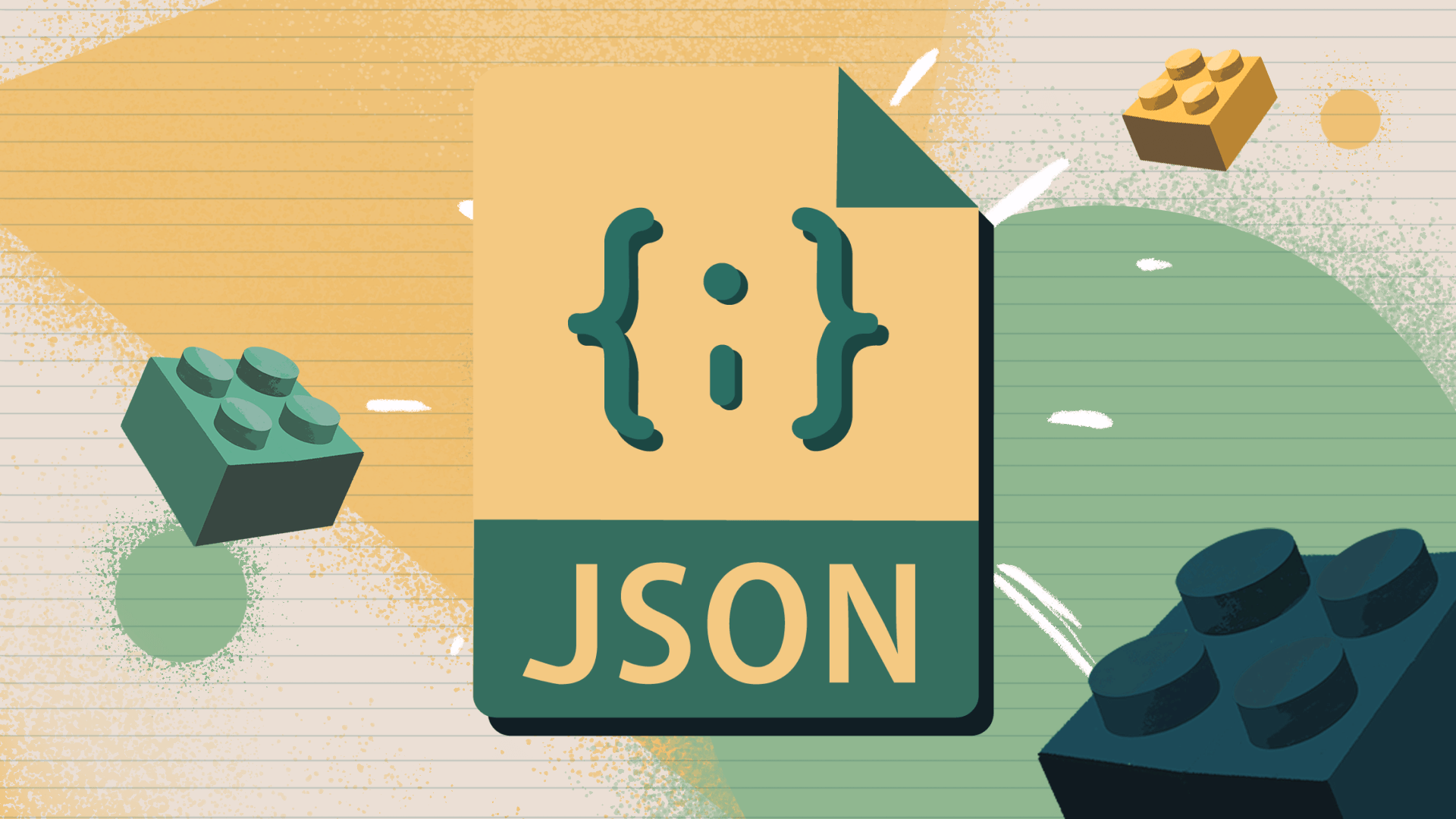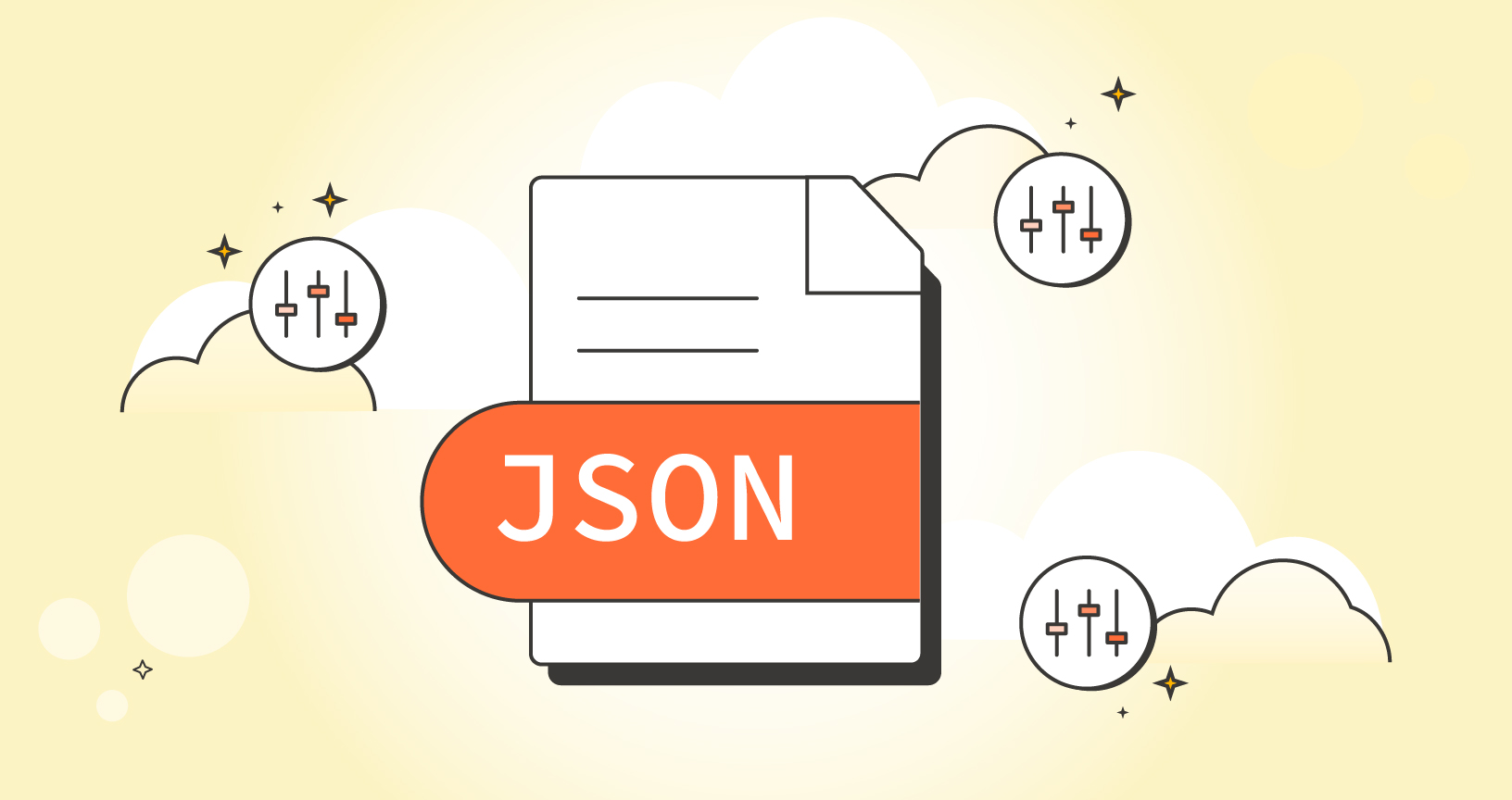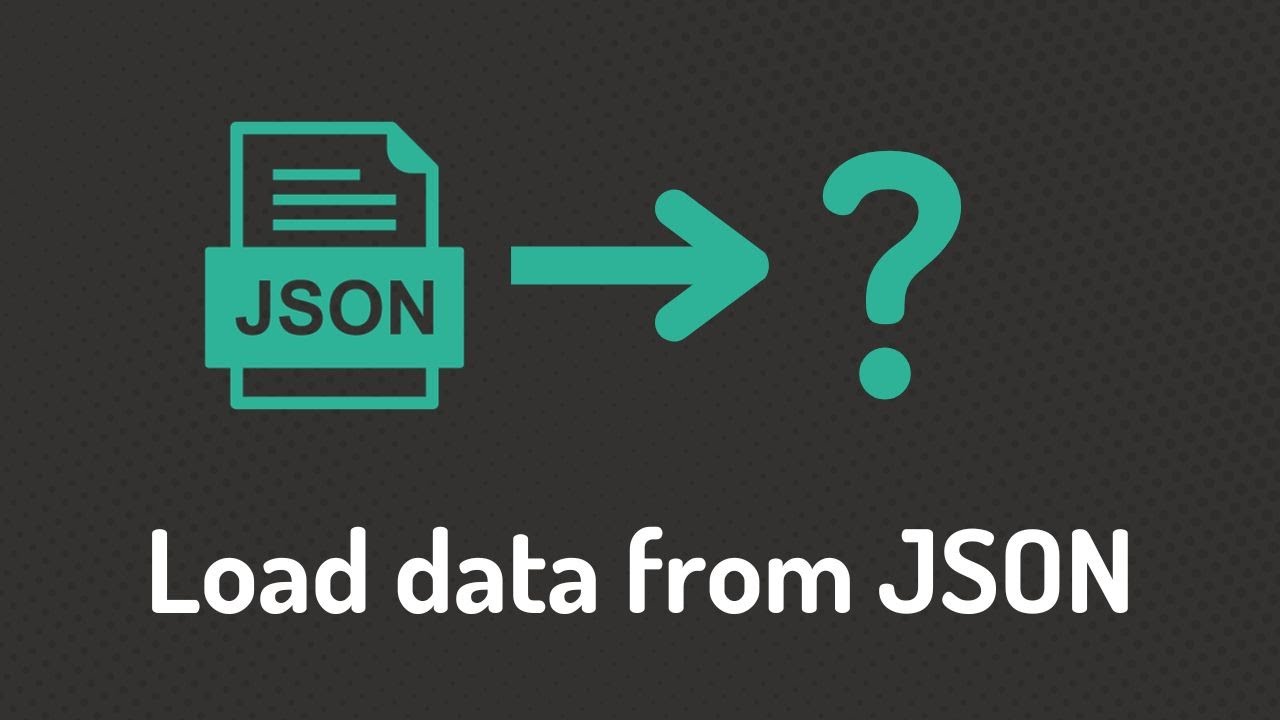In the world of computer programming and web development, data exchange is a fundamental aspect. With the widespread use of application programming interfaces (APIs) and web services, developers need to be able to transfer and receive data in a standardized format that can be easily parsed by machines. This is where JSON comes into play.
JSON, which stands for JavaScript Object Notation, has become one of the most popular data interchange formats used today. It is widely supported by web-based technologies and has become the go-to format for exchanging data between servers and clients. In this article, we will delve deeper into what exactly JSON is, its history, how it works, advantages and disadvantages, and its role in modern-day web development.
History of JSON
The origins of JSON can be traced back to the early 2000s when Douglas Crockford, an American computer programmer, first introduced it as a lightweight data interchange format. Before JSON, the most commonly used format for data exchange on the web was XML (Extensible Markup Language). However, XML had a complex syntax and was not as lightweight as developers wanted it to be. Crockford saw the need for a simpler and more compact approach to data interchange and thus created JSON.

JSON’s origins date back to the early 2000s when Douglas Crockford, an American computer programmer, initially introduced it as a lightweight format for exchanging data
Initially, JSON was designed to be used solely with JavaScript since it was derived from the JavaScript syntax. However, its simplicity and ease of use quickly caught the attention of developers worldwide, and it gradually gained popularity. In 2006, the first official JSON specification was published, which solidified its place as a standard for data interchange.
Since then, JSON has undergone several updates and revisions, with the latest being version 1.0, released in 2017. It has also become an integral part of many web technologies, including AJAX (Asynchronous JavaScript and XML), AngularJS, and Node.js.
How JSON Works
Syntax and Format
JSON is a text-based format, meaning it uses human-readable text to represent data objects. The syntax of JSON is heavily influenced by JavaScript, but it is still language-independent, making it compatible with most programming languages. It follows a key-value pair structure, where data is organized into objects and arrays.
An object in JSON is defined within curly braces () and consists of a set of key-value pairs. The key is always a string, followed by a colon (:), and then the value, which can be of any data type.
Here’s an example of a simple JSON object:
In this object, “name”, “age”, and “city” are the keys, and “John Doe”, 30, and “New York” are the corresponding values. Note that the key and value are separated by a colon and each pair is separated by a comma.
Arrays in JSON are denoted by square brackets ([]) and can contain multiple values of any data type. Here’s an example of a JSON array:
Data Types
JSON supports six data types: strings, numbers, booleans, arrays, objects, and null values.
- String: A sequence of characters enclosed in double-quotes.
- Number: A numerical value that can be an integer or a floating-point number.
- Boolean: Represents true or false values.
- Array: An ordered collection of values separated by commas and enclosed in square brackets ([]).
- Object: A collection of key-value pairs enclosed in curly braces () and separated by commas.
- Null: Represents an empty or non-existent value.
Parsing JSON data
To use JSON data in a program, it needs to be parsed. Parsing is the process of converting data from one format to another. In the case of JSON, parsing involves converting a JSON string into a JavaScript object, which can then be manipulated using programming languages.
Most modern web browsers have built-in methods for parsing JSON data, making it effortless to retrieve and use data from a server. For example, in JavaScript, you can use the
method to convert a JSON string into a JavaScript object.
Advantages of Using JSON
Human Readable
One of the primary advantages of JSON is its human-readable format. Unlike other data interchange formats like XML, which uses tags and attributes, JSON uses simple key-value pairs, making it easy to read and understand. This makes it a popular choice for storing and transmitting data over the web.

One of the key benefits of JSON is its format that is easy for humans to read and understand
Lightweight
Another significant advantage of JSON is its lightweight nature. It has a minimalistic syntax and does not require any additional markup, making its file size significantly smaller compared to other formats like XML. This results in faster transmission and reduced bandwidth usage, making it ideal for mobile and low-bandwidth devices.
Widely Supported
JSON is now supported by almost all programming languages, making it a highly versatile format for data exchange. It has become the standard for APIs and web services, and it’s rare to find a modern web application that doesn’t use JSON in some capacity. Its wide support and ease of integration have contributed to its popularity and widespread use.
Disadvantages of Using JSON
Limited Data Types
As mentioned earlier, JSON supports only six data types, which can be limiting for certain applications. For example, it does not have a date or time data type, which means developers have to find workarounds when working with date and time values. This can be inconvenient and lead to potential errors in the data.
Security Concerns
Since JSON is a text-based format, it is susceptible to security vulnerabilities like cross-site scripting (XSS). This occurs when malicious code is injected into a JSON string, leading to unauthorized access or data manipulation. However, these risks can be mitigated by implementing proper security measures like input validation and sanitization.
Lack of Schema
Unlike XML, JSON does not have a predefined schema. A schema defines the structure of a data document, making it easy to validate and ensure data integrity. Without a schema, developers have to rely on conventions and standards for data validation, which can be prone to errors and inconsistencies.
The Role of JSON in Modern Web Development
API Integration
APIs play a crucial role in modern web development, allowing different applications to communicate with each other and exchange data. Since JSON is lightweight and easy to parse, it has become the standard format for API responses. Most APIs now offer endpoints that return data in JSON format, making it effortless for developers to integrate and utilize the data in their applications.

APIs are essential in contemporary web development, facilitating communication between various applications for data exchange
Client-Server Communication
JSON also plays a significant role in client-server communication. With the rise of single-page applications and server-side rendering, JSON is used to transfer data between the client and server. This allows for dynamic updates of web pages without the need for a full page reload, resulting in a better user experience.
Storing and Retrieving Data
Another crucial role of JSON in modern web development is its use as a data storage format. Many databases, both SQL and NoSQL, support storing and retrieving data in JSON format. This allows for easier and more efficient storage and retrieval of data, especially for complex data structures.
Conclusion
In conclusion, JSON has become an essential part of modern web development, thanks to its lightweight and human-readable format, wide support, and versatility. Its use has revolutionized the way data is exchanged between applications and servers, making it a vital component of APIs, client-server communication, and data storage. While it may have some limitations, its advantages far outweigh any drawbacks, and it will continue to play a significant role in the future of web development.
